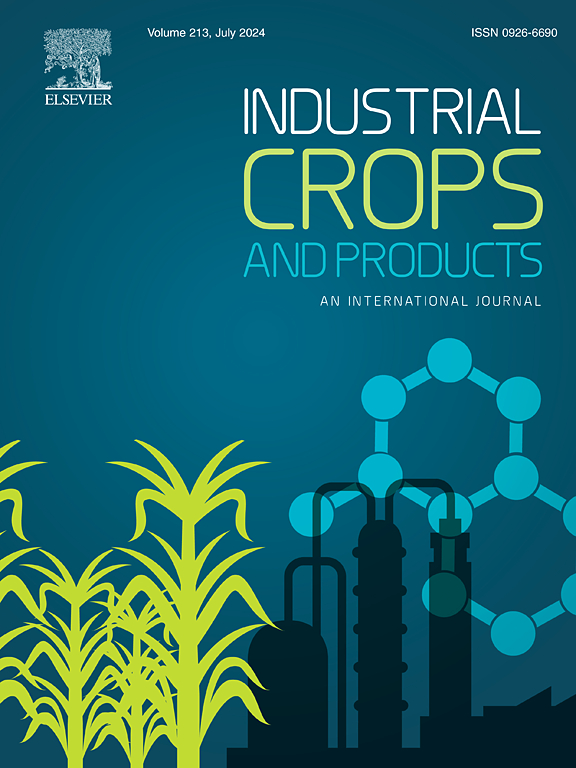Impact of irrigation water volume and deep vertical rotating tillage depth on the development and feeding quality of Suaeda salsa under drip irrigation
IF 5.6
1区 农林科学
Q1 AGRICULTURAL ENGINEERING
引用次数: 0
Abstract
To examine the effects of deep vertical rotational tillage (DVRT) and irrigation water on the biomass, fodder quality, salinity absorption capacity, soil improvement, and economic benefits of Suaeda salsa, we conducted two-year field experiments. Utilizing multiple regression and geographical analysis techniques, we identified the optimal irrigation interval and DVRT range for multi-objective optimization. Three irrigation levels were set based on 0.35 (W1), 0.50 (W2), and 0.65 (W3) of the local ETo (reference evapotranspiration). DVRT depths of 20 (F1), 40 (F2), and 60 cm (F3) were tested. The results indicated that as the irrigation volume increased at the same DVRT depth, the growth index, feeding quality, biomass, net profit, salt absorption, and water use efficiency of Suaeda salsa significantly improved. The feed quality and soil salinity reduction at the W3 irrigation level were lower than those at the W2 level, indicating that higher irrigation levels did not always yield greater benefits. Although the salt absorption capacity was not maximized at the DVRT depth of F3, biomass, feed quality, soil salt reduction, and water use efficiency were maximized at the same irrigation level. The optimal amount of irrigation water for each parameter depended on the DVRT depth, making it impossible to simultaneously achieve the maximum relative feeding value, salt absorption capacity, soil salt reduction, water use efficiency, crude protein, and net profit. The multi-objective optimization analysis demonstrated that when the ideal irrigation water volume was 3124.96–3181.88 m3 ha−1 and the DVRT depth was 53.68–55.39 cm, the net profit, salt absorption capacity, soil salinity reduction, water use efficiency, crude protein, and relative feeding value of Suaeda salsa reached over 83 % of their maximum values. These findings provide a solid scientific basis for extensive cultivation of Suaeda salsa in extremely dry regions.
求助全文
约1分钟内获得全文
求助全文
来源期刊

Industrial Crops and Products
农林科学-农业工程
CiteScore
9.50
自引率
8.50%
发文量
1518
审稿时长
43 days
期刊介绍:
Industrial Crops and Products is an International Journal publishing academic and industrial research on industrial (defined as non-food/non-feed) crops and products. Papers concern both crop-oriented and bio-based materials from crops-oriented research, and should be of interest to an international audience, hypothesis driven, and where comparisons are made statistics performed.
 求助内容:
求助内容: 应助结果提醒方式:
应助结果提醒方式:


